
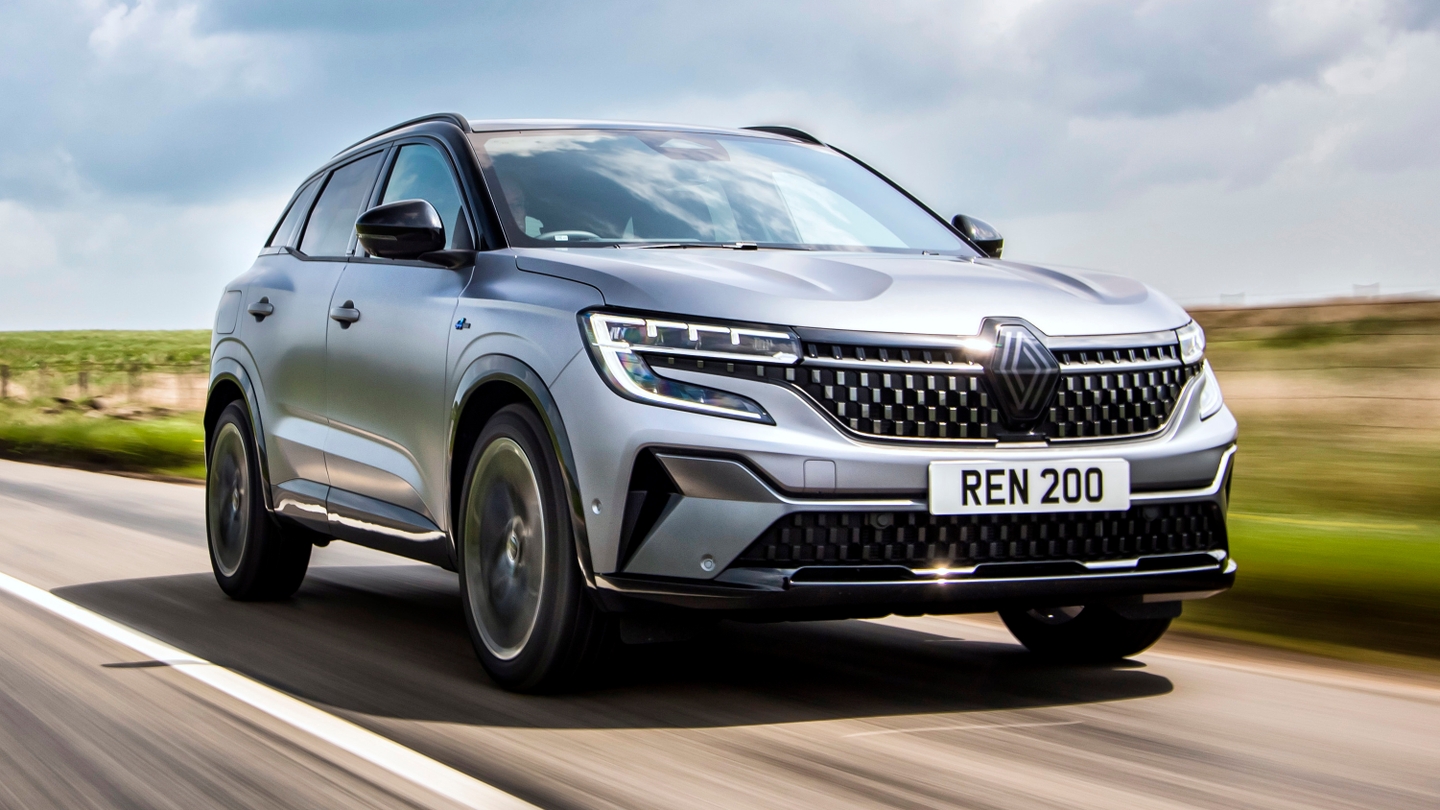


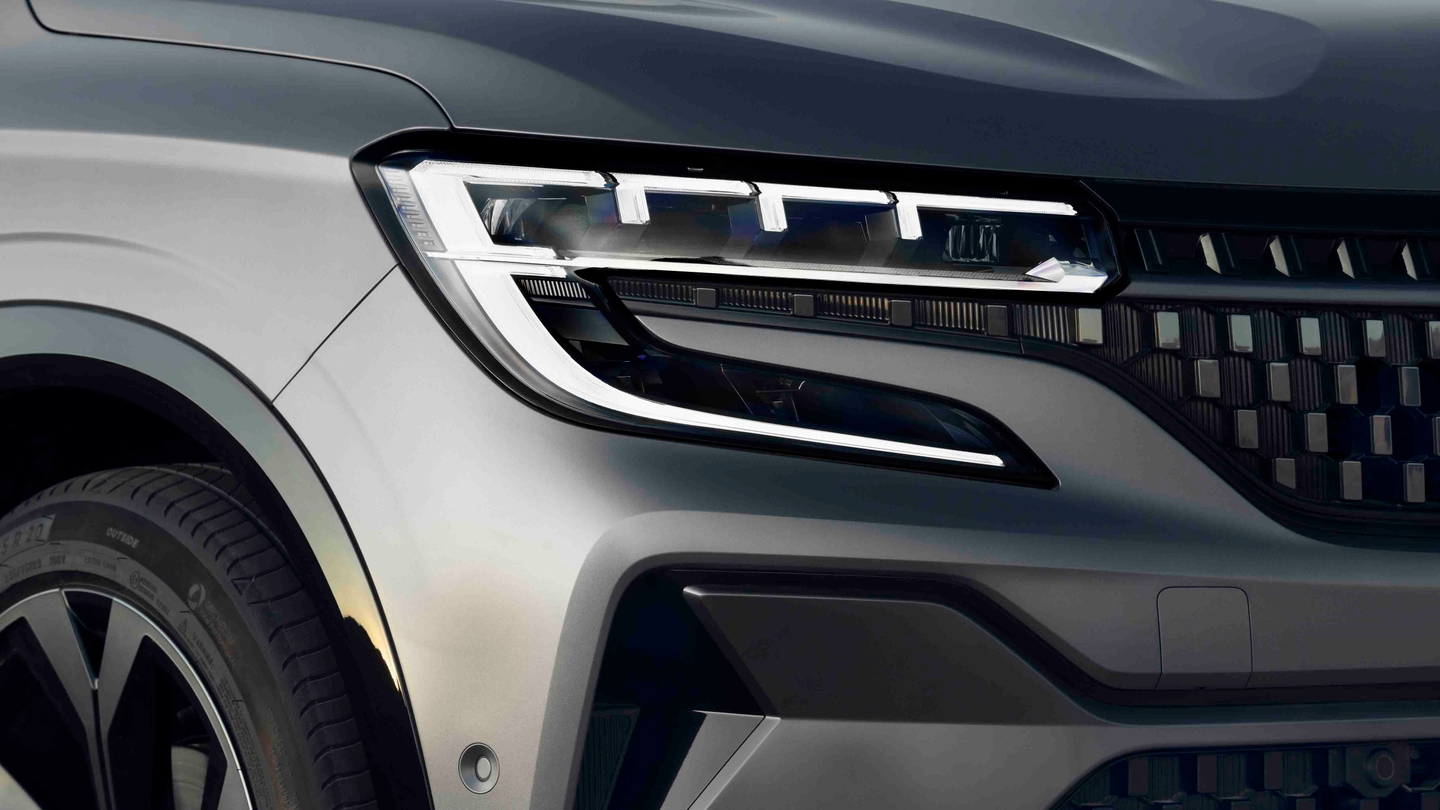

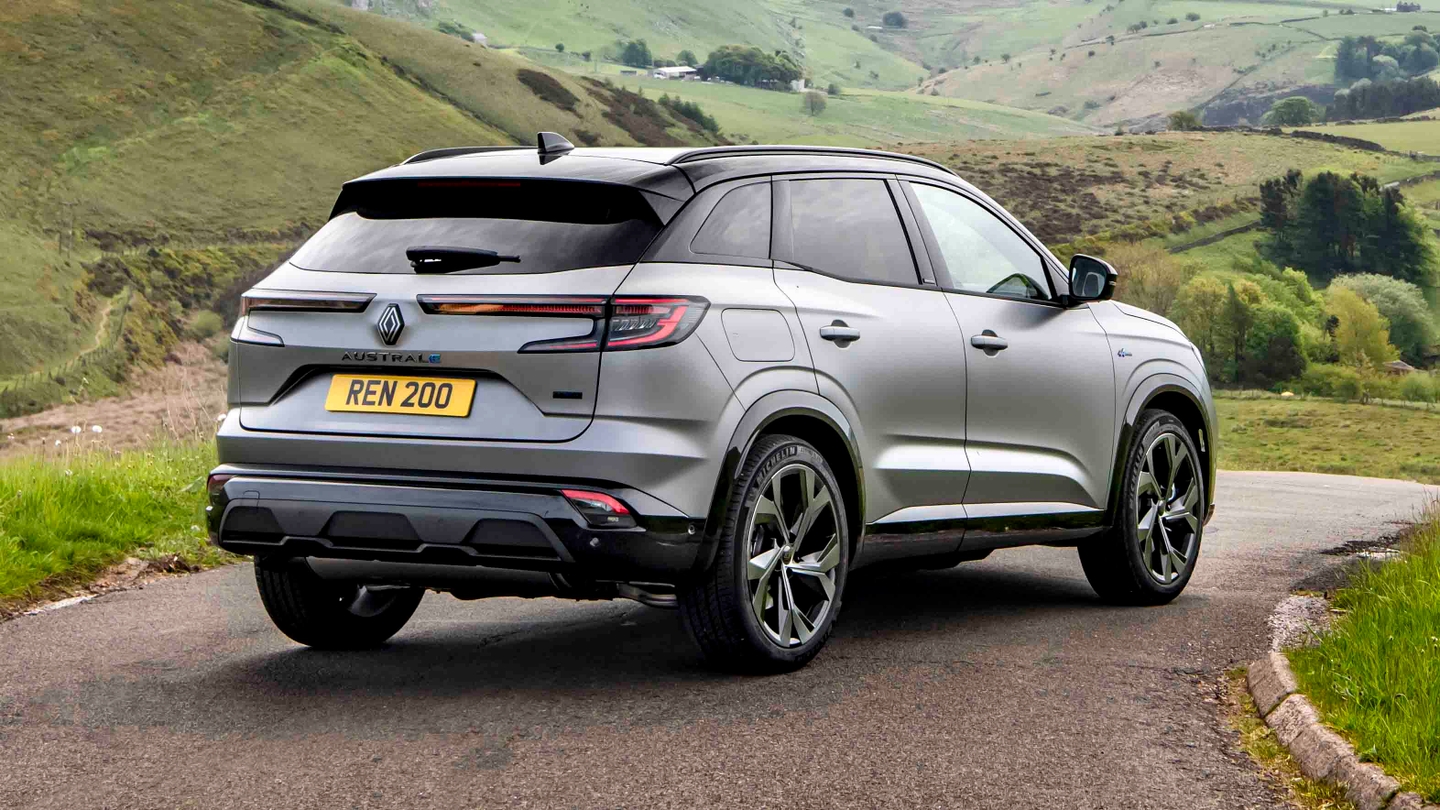
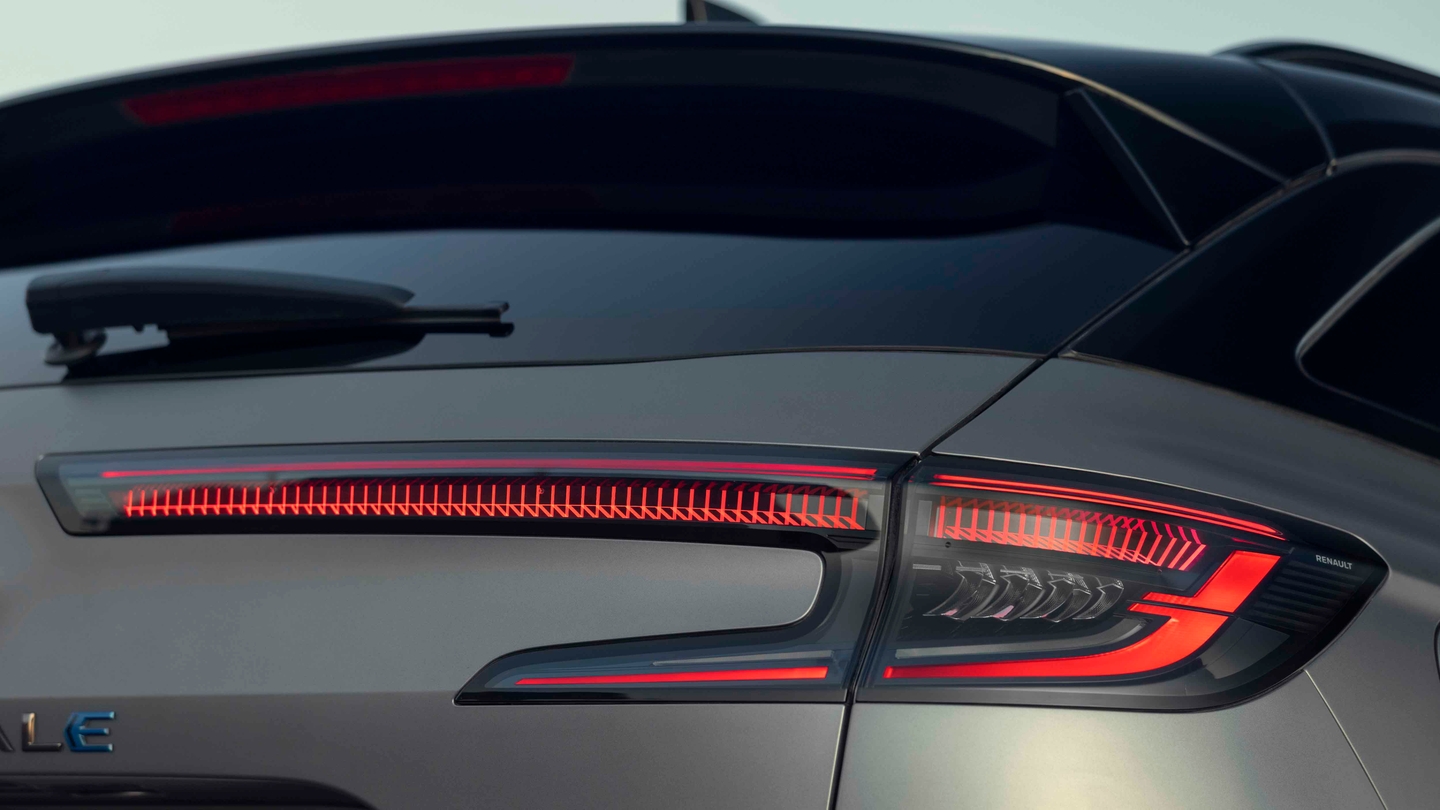
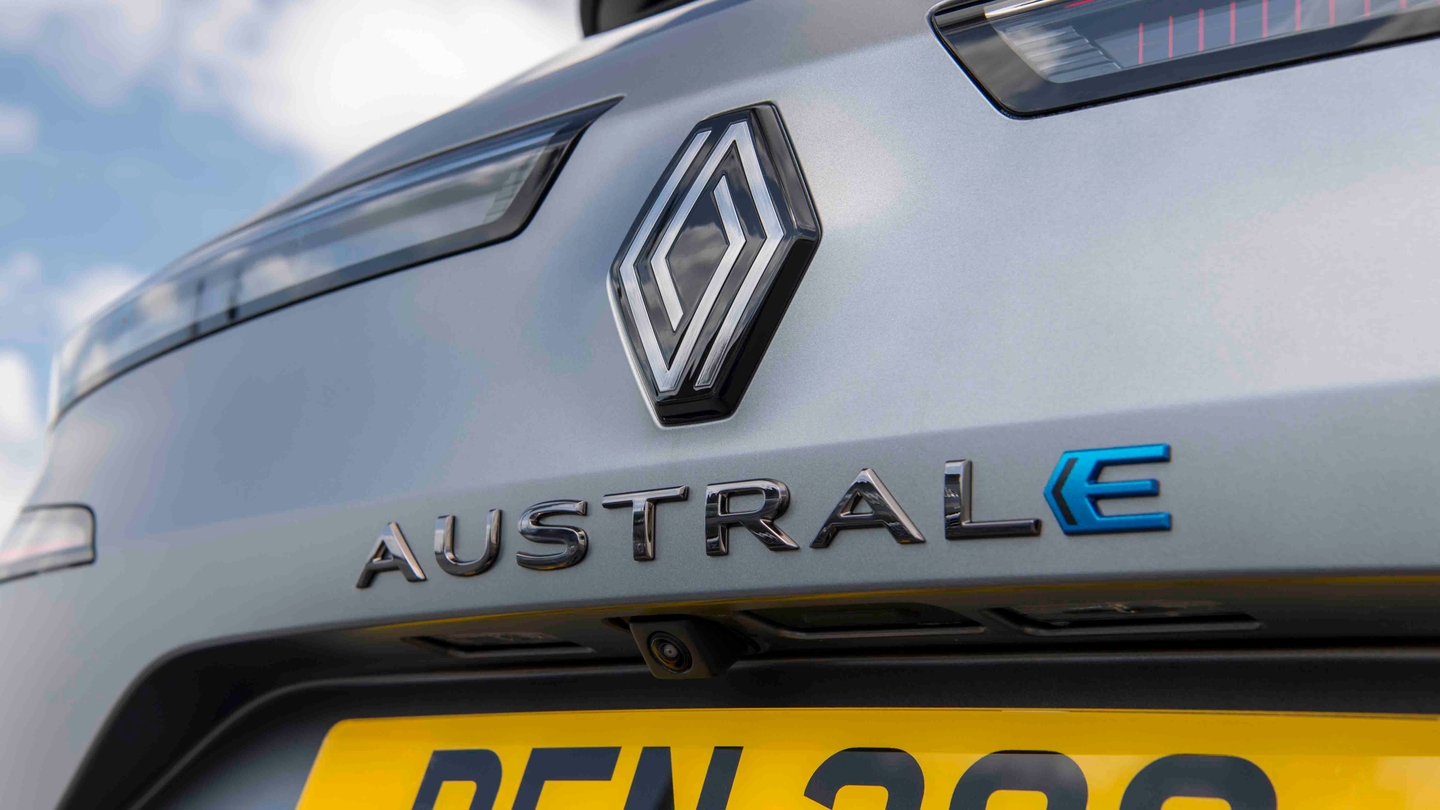
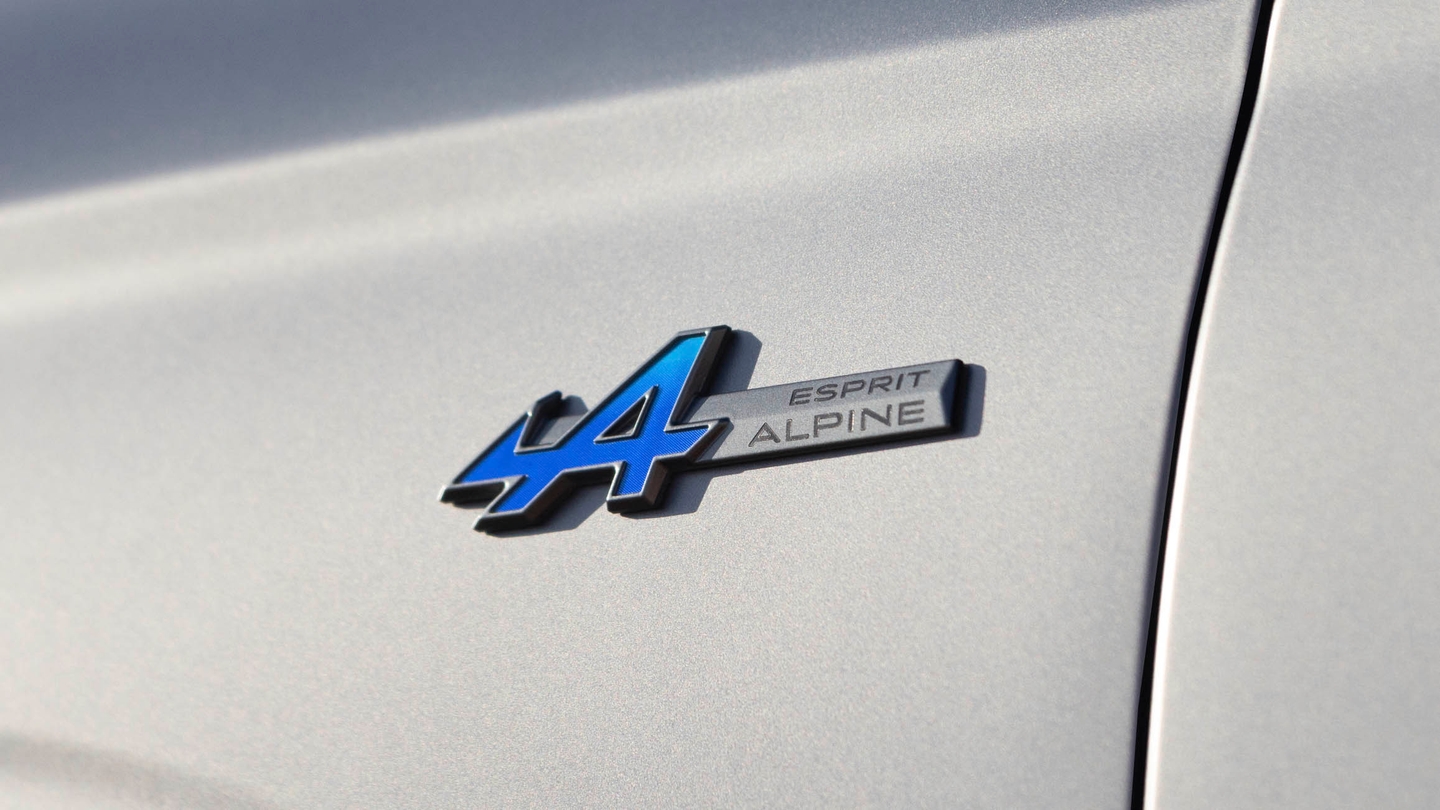
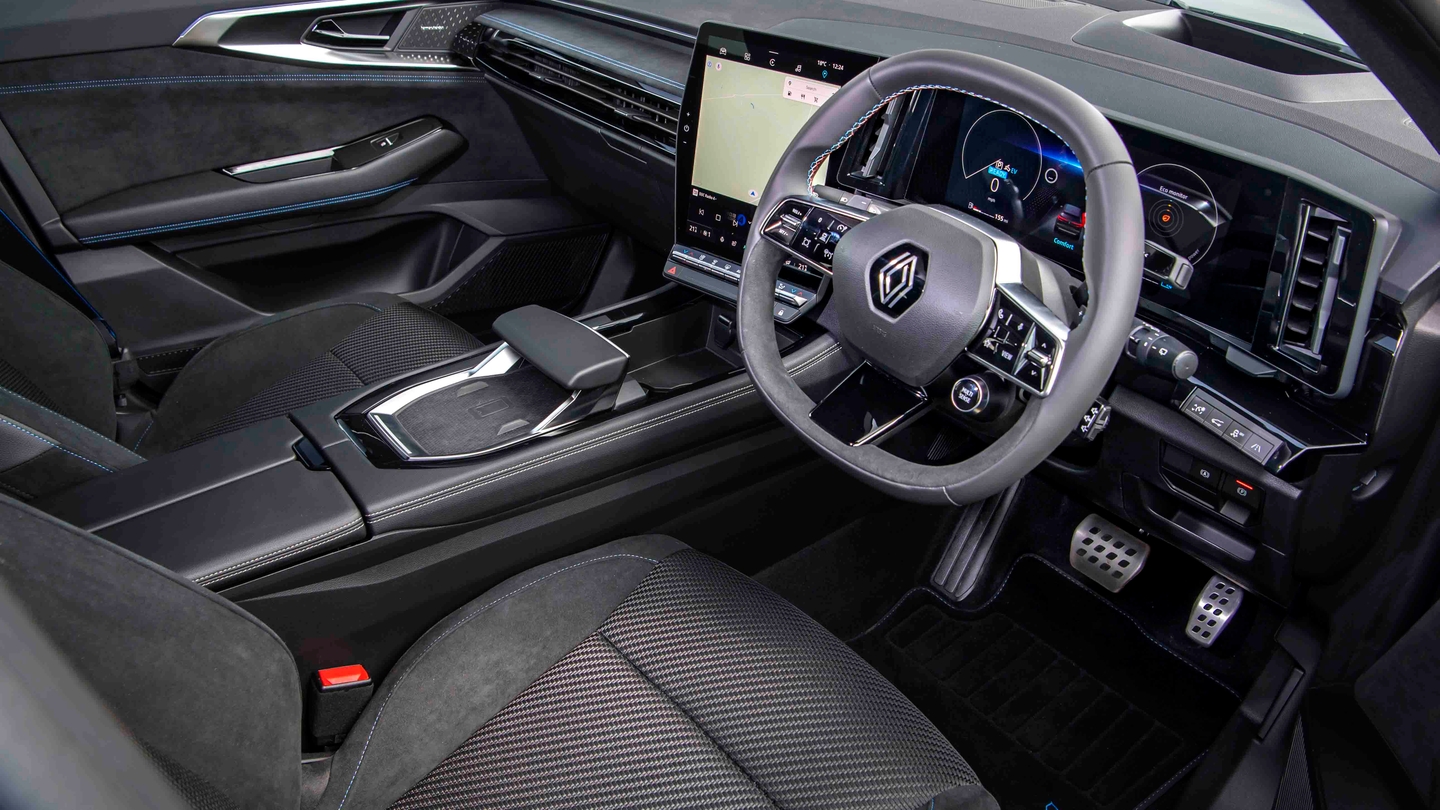

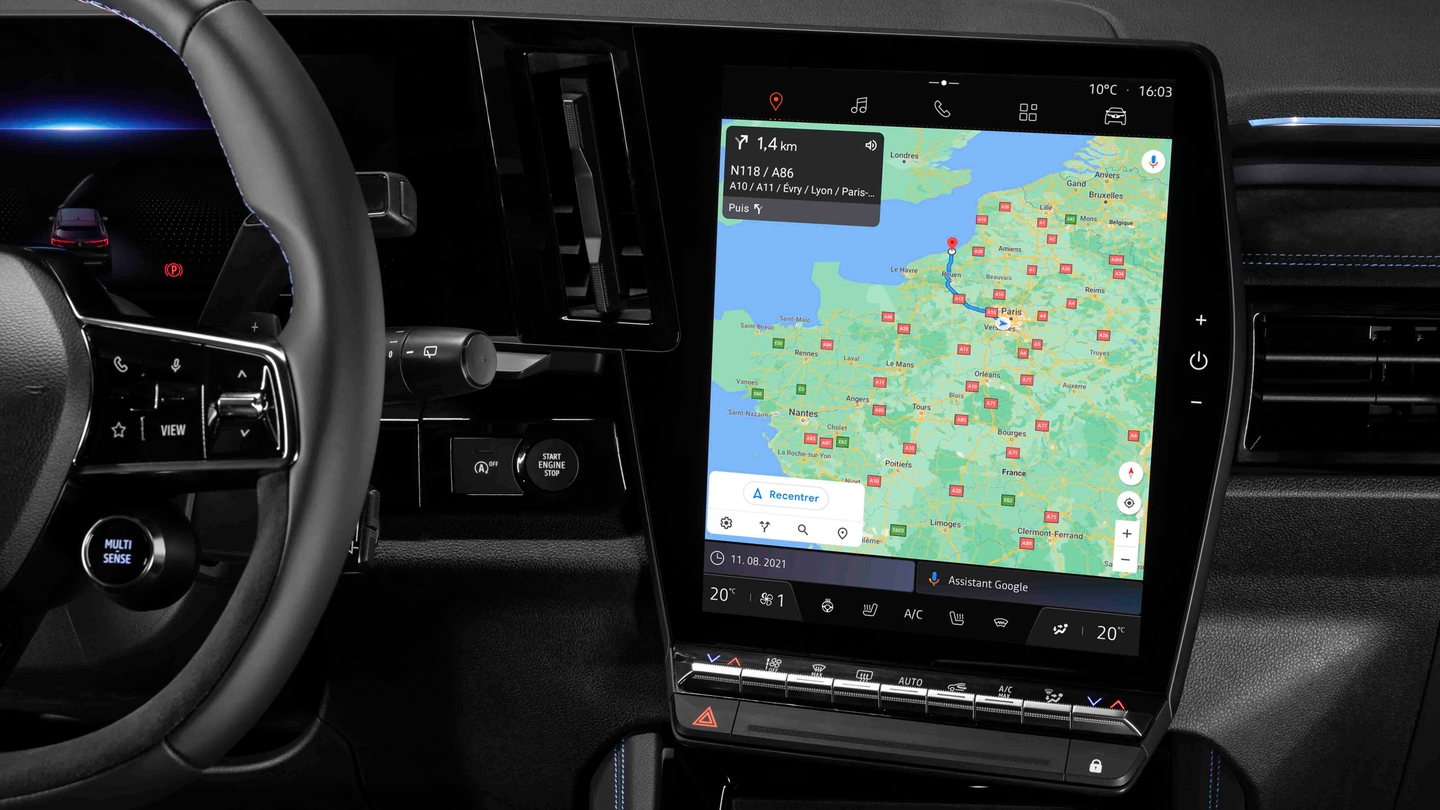
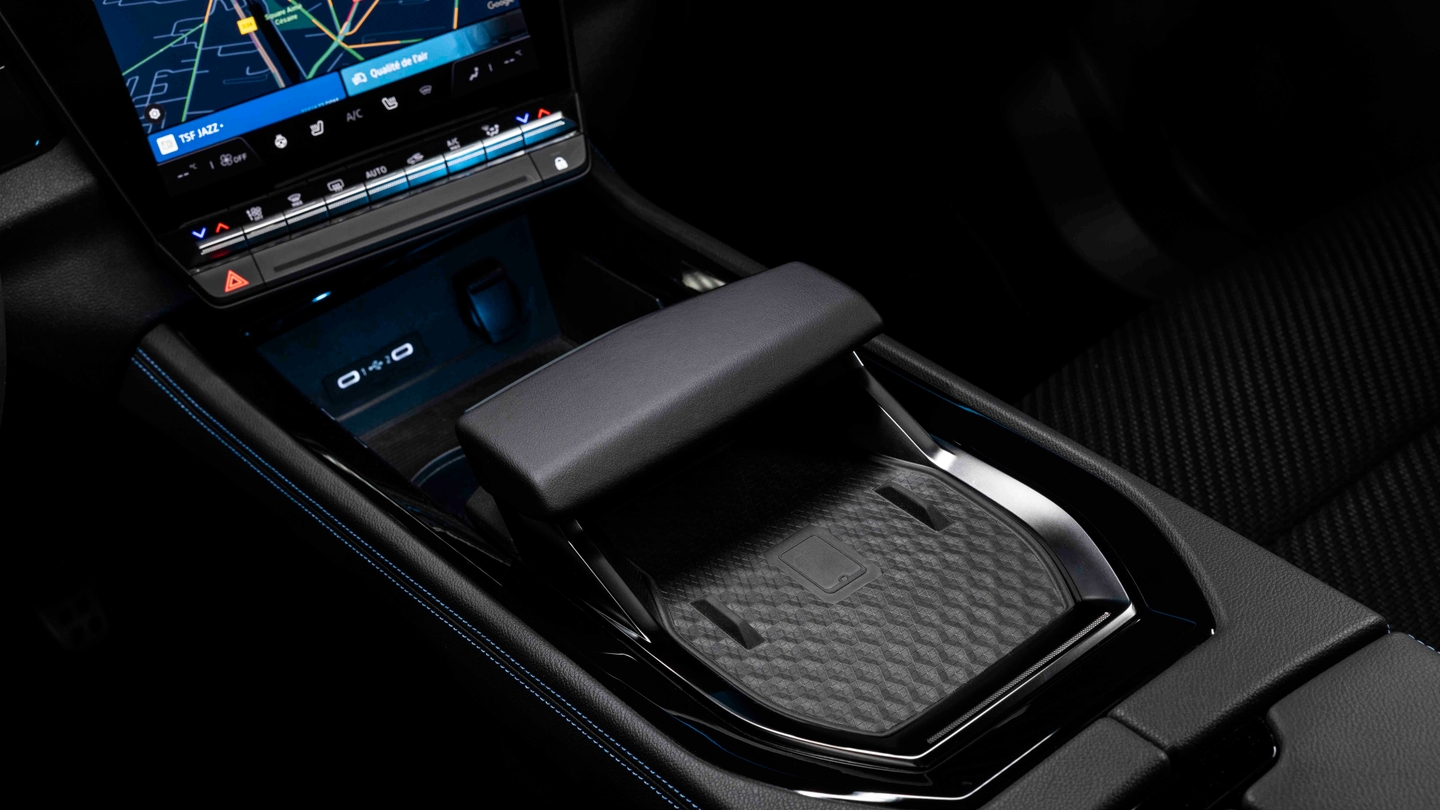


Renault Austral Review
The Renault Austral is the French brand’s midsize SUV – well, one of them.
It’s more impressive than the Kadjar it replaces, and is competitive with other great family SUVs, with plenty of talents and practicality.
- Fantastic infotainment system
- Comfortable ride
- Engine is very quiet
- Boot is smaller than rivals
- Touch-sensitive steering wheel buttons
- Not much fun to drive
Should I buy a Renault Austral?
A quick search on Renault’s website shows it currently sells eight crossovers or SUVs – five of which are hybrid. So not only does the Renault Austral have to compete against other hybrid SUVs like the Hyundai Tucson, Ford Kuga and Nissan Qashqai, it also has four models within the Renault range that might come and steal its lunch.
The Austral is the best combustion-engined Renault SUV yet. Sounds like faint praise, but it isn’t meant to be. A broad range of talents lie under the Austral’s smart styling, including family-friendly practicality, impressive comfort and refinement, strong fuel economy and a fantastic interior.
Whereas the Kadjar was happy to sell on value-for-money and being okay in every department, the Austral raises the levels across the board. If you want something that’s a top all-rounder – but not a sports car – then the Austral is up there with the best midsize SUVs.
Interior and technology

Inside, the Austral looks and feels bang up to date. All cars get two 12-inch screens – a landscape digital instrument cluster and a portrait touchscreen.
The touchscreen runs Renault’s OpenR Link infotainment system, which has the immediate advantage of built-in Google software. This means you’ve always got the best and quickest mapping system right there in the screen, with live traffic updates and to-the-minute information on road closures.
Its responsiveness is among the best in class, and most of the menus are simple to find your way around. There’s an armrest that looks like a jet fighter’s throttle, so you can steady your hand while using the screen.

We also like that many of the climate controls can be adjusted with physical buttons, making it easy to quickly adjust the temperature without taking your eyes off the road for too long. Therefore, it’s a bit of a shame that the steering wheel buttons are touch panels – it’s very easy to hit a button accidentally while you’re turning the wheel.
Material quality is a big step up from Renault SUVs of old. Our test car, a mid-range Techno Esprit Alpine, came with suede-like dashboard and door trim inserts that add a premium feel. Everything’s well screwed together and feels like it’ll cope well with family life.

The range kicks off with Techno trim, which is comprehensively equipped. Clever Matrix LED headlights, two-zone climate control, a wireless phone charger, 48-colour ambient lighting and keyless entry all come as standard. Even longer is the list of standard driver assistance tech – there’s adaptive cruise control, front and rear auto emergency braking, blind-spot monitoring, all-round parking sensors (including along the sides) and lane-keep assist, among other things.
Step up to Techno Esprit Alpine trim and you get Alpine badges inside and out, bigger 20-inch alloy wheels, blue stitching, electrically adjustable and heated front seats, a heated steering wheel and a powered bootlid. Top-spec Iconic Esprit Alpine adds a Harman Kardon sound system, a 360-degree camera, hands-free parking and a panoramic sunroof.
Practicality

One area where the Austral hasn’t really moved the game on from the Kadjar is how much space you get. The 487-litre boot is only a few litres more than the Kadjar, and it lags behind the class leaders – the VW Tiguan, Kia Sportage and Hyundai Tucson – by about 100 litres.
Still, the space is wide and long, so it should prove sufficient for most family buyers. It’s a bit shallow, but the upshot of that is that there’s barely any load lip to navigate when chucking heavy items in. You also get levers to fold the rear seats down from the boot, and a couple of small hooks and pockets.

Rear-seat space should also be fine for most families. Legroom is excellent, while head and foot room is good enough if not class-leading. You should just about be able to fit two six-foot-tall adults behind one another. Similarly, three adults will fit across the rear bench but, like most rivals, it’s not going to be a comfortable experience on a long journey.
There’s the usual assortment of armrest cupholders, USB sockets, map pockets and door bins. Up front, there’s a child mirror that pops out from the roof, making sure you’ve got eyes in the back of your head for any squabbles that might start. You get three sets of Isofix points – two on the rear seats and one up front – and the doors open nice and wide so it’s easy to get kids in and out.
The jet fighter armrest can also be used to slide the centre console insert forwards and backwards, freeing up space underneath for odds and ends. There’s also a deep storage zone under the central armrest.
Engines and performance

Take no notice of the blue ‘E’ badge on the bootlid – every Austral is a hybrid that doesn’t need to be plugged in. The powertrain consists of a 1.2-litre three-cylinder petrol engine and an electric motor, for a total output of 200hp. That’s enough for a strong 0-62mph time of 8.4 seconds, and you can definitely feel the motor helping out.
The 1.7kWh battery is topped up by the engine and by regenerative braking, so you can drive for periods around town on electric power alone. Drive carefully and you’ll manage up to 60mpg, which is very impressive for a family SUV. The CO2 figure of 105g/km is very low – although this is of limited interest to company-car drivers who will pay less tax on a plug-in hybrid.
Something we spotted in the Austral brochure is that, once the first year’s service is out of the way, the Austral only needs servicing every two years or 18,000 miles – which could save you a chunk of money versus a purely petrol car that needs servicing every year.
Driving and comfort

What’s particularly striking about the Austral is how quiet it is on the move. The engine, in particular, isn’t intrusive at all, and doesn’t drone away like some hybrids do when you ask for hard acceleration.
It also manages to be comfortable and floaty without resorting to much body roll, so the way it handles motorway expansion joints and cambered country lanes is really good.

Avoid the temptation to twiddle the Multi Sense dial to Sport mode, as it’s not convincing and doesn’t really alter the way the Austral drives. It’s best left in Comfort mode, and treated as a relaxing family car rather than an Alpine sports car with which it shares its badges.
The pair of paddles behind the wheel control the level of regenerative braking – the more regen braking, the quicker the Austral will slow down when you take your foot off the throttle. Initially it’s a little frustrating to click the paddles several times to change the amount of regen, until you realise you can long hold the paddle for either full regen or none at all. We found this really handy on our mixed-route test drive, as we didn’t want any regen on the motorway but enjoyed having the highest strength around town.



































































